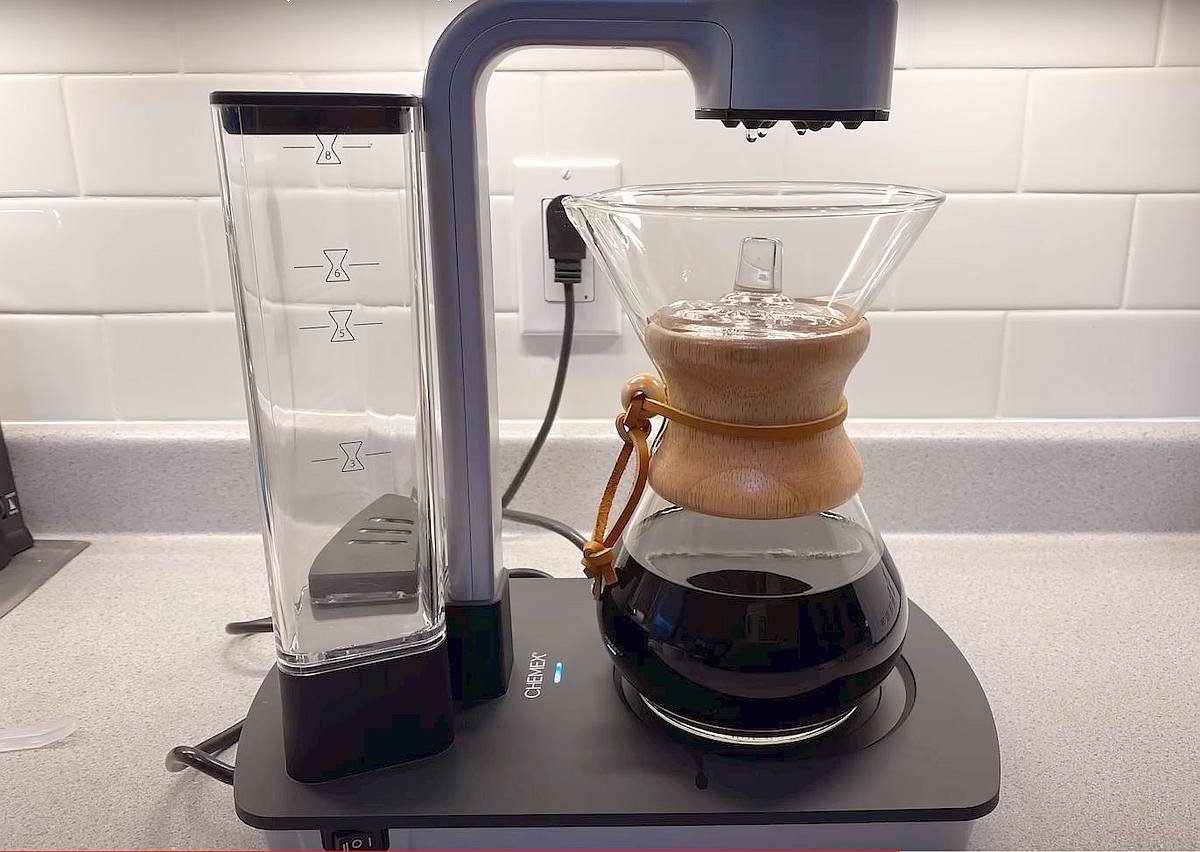This guide will teach you how to make drip coffee at home, and how to improve your technique to get great coffee every time. With a few simple techniques and secrets, you will impress your family or guests. While there are many ways to brew coffee, this guide will focus specifically on drip coffee.
What Is Drip Brew?
Drip brew coffee is a popular method of brewing coffee that involves pouring hot water over ground coffee beans. This method is commonly used in coffee shops and households around the world. The process involves using a coffee maker or an automatic drip coffee machine to brew the coffee.
The taste of drip brew coffee can vary depending on personal preference and the type of coffee maker used. Some people prefer a stronger, bolder flavor, while others prefer a milder taste. The type of coffee beans used can also affect the taste of the coffee.
When brewing drip coffee, it is important to use the correct amount of coffee and water. The ratio of coffee to water can vary depending on personal preference and the strength of the coffee beans. It is also important to use the correct grind size for the coffee beans to ensure that the coffee is not over-extracted or under-extracted.
How to Make Perfect Drip Coffee In a Coffee Machine
To make the perfect drip coffee, start by selecting the brewing method that fits your life style. There are various way to make drip coffee, but as a wider classification we can have two methods: pour-over and auto-drip.
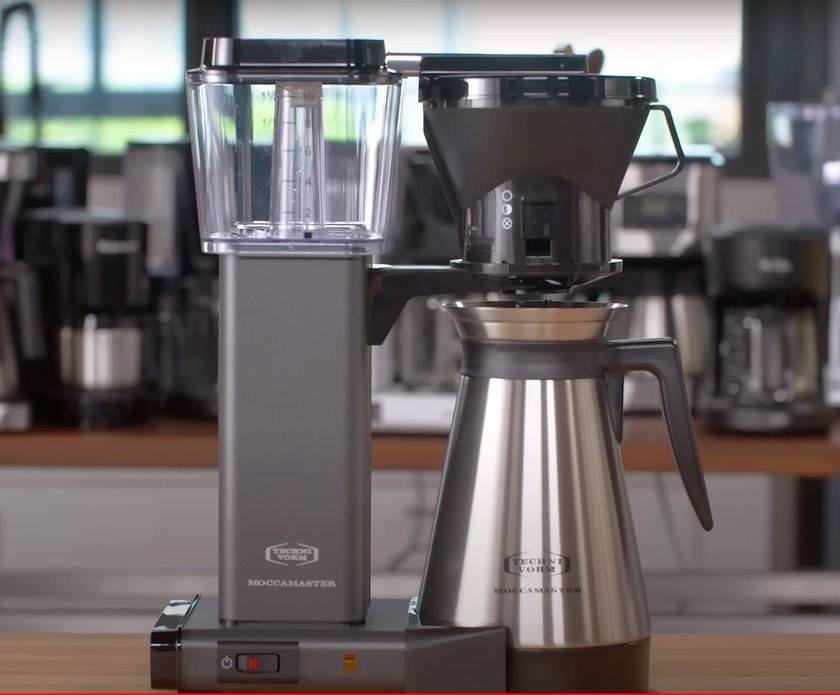
The automatic drip coffee maker is the most popular because of its convenience and consistency. It is easy to operate and produces a hot coffee pot that is rich in flavor. To begin, you will need the following:
- A good coffee machine
- A paper filter,
- Great coffee beans
- A decent burr grinder
- Cold water.
Invest in a burr grinder to ensure that your coffee grounds are consistent in size. This will help to prevent uneven extraction, which affect dramatically the taste of your coffee.
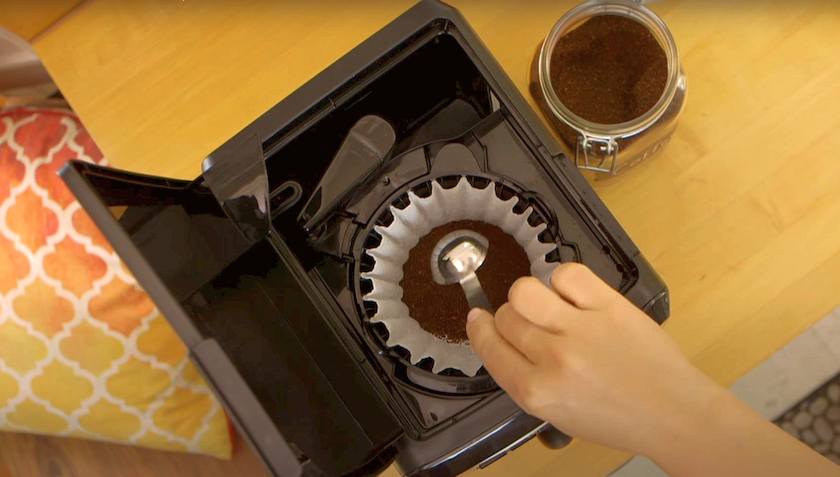
Measure out the correct amount of coffee grounds based on the number of ounces of water you will be using. A general rule of thumb is to use one to two tablespoons of coffee grounds per six ounces of water.
Once you have your coffee grounds and water ready, it’s time to start brewing. Place the paper filter in the coffee maker and add the coffee grounds. Pour the cold water into the reservoir and turn on the coffee maker. The brewing time will vary depending on the machine, but it should take around five to six minutes. Once the brewing is complete, you can enjoy a hot cup of perfectly brewed drip coffee.
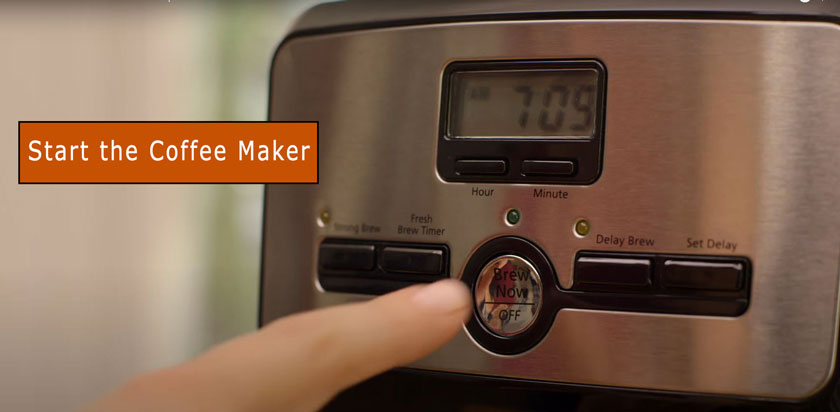
Drip Coffee Recipe – Step By Step
- Fill the coffee maker reservoir.
- Grind about 11-12 tablespoons of coffee to a medium-fine grind size. 11 tbsp is around 55 grams of light roasted coffee. But this varies a lot.
- Weigh 55 grams of ground coffee on a kitchen scale.
- Place the filter in the brew basket, and rinse it with hot water. Dump the water from the carafe.
- Add the ground coffee in the lined brew basket.
- Close the lid and press the button to start brewing.
- Pour in cups and enjoy.
The Does the Water Matter?
Water is essential for drip coffee, and with poor water quality, you’ll get an average cup. Tap water is not bad, but it can have too many minerals which will affect the taste of your coffee. Distilled water is not good as it has no minerals and will result in a flat cup. Filtering your water before brewing is a great choice, as it removes chlorine and other compounds that impart strong taste or odors. Spring water is the best choice as it has a good balance of minerals.
Water is a crucial element in the coffee brewing process. It can make or break the taste of your coffee. Coffee professionals and enthusiasts alike know that the quality of the water will be reflected in the taste of the final coffee cup.
Tap water is not inherently bad, but even if it’s decent tasting, is heavily chlorinated, and filtering it is the best way to ensure we remove the chlorine. Very hard water can result in a bitter coffee, so filtering it is the best. Bottled water is though better than filtered tap water, so we highly recommend it, if you can afford it. It can make a significant difference in coffee quality.
What Is the Grind Size for Drip Coffee?
The grind size for drip coffee is medium-fine, which is perfect for filter coffee. This ensures coffee is in contact with the water long enough to extract the perfect amount of soluble solids.
The grind size is important for drip coffee, and more so for an automatic drip coffee maker. Let’s see why.
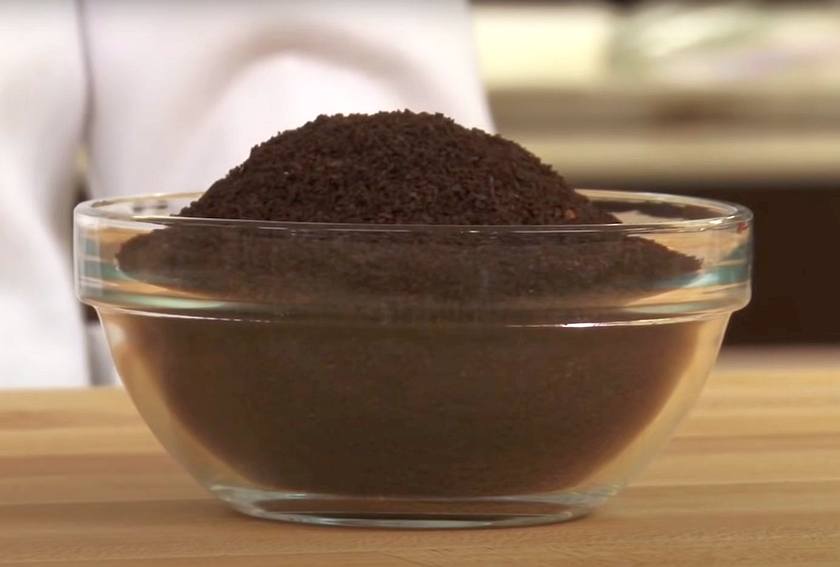
Over-extraction, and Under-extraction
If the grind is too fine, it will prolong the steeping time and result in over-extraction. If the grind is too coarse, the water will pass too fast, resulting in under-extraction. There is a lot of discussion on the internet about over-extraction resulting in bitter coffee. Slightly longer extraction time at the correct temperature will make the coffee stronger, not bitter. Exceedingly long brew times will indeed result in a bitter and tannic coffee. So play with the grind size but not too much
A grind too fine will allow more soluble solids to pass through the filter, making the coffee less clear. So, there is no over-extraction with the correct water temperature, but if the water is too hot, the coffee will be scalded and the bitter tones will be extracted.
A too fine grind will also result in an extended extraction time, because coffee will drip slower. This will likely result in more bitter tones and tannins extracted in your cup. This will be an over-extracted coffee.
There is also the risk of water overflowing when you grind too fine. The coffee maker has a constant flow of water, which is calculated for a medium grind. With very fine grinds, water will accumulate on top of the coffee bed, and will eventually overflow.
On the other hand, a coarse grind will allow coffee to drip too fast in the coffee pot. Coffee grounds will not be long enough in contact with water, so coffee will be weak, and taste sour. This is an under-extracted coffee.
The Coffee Grinder for Drip Coffee
The best way to ensure the freshest possible cup of coffee is to grind your beans at home just before brewing. This preserves the aromatics in the coffee grounds and ensures the best flavor.
It’s important to invest in a good quality coffee grinder, preferably a burr grinder. Blade grinders tend to produce inconsistent grinds, resulting in a mix of boulders and dust, which can cloud the final cup. This mix of boulders and dust will get you a mix of under-extracted and over-extracted coffee.
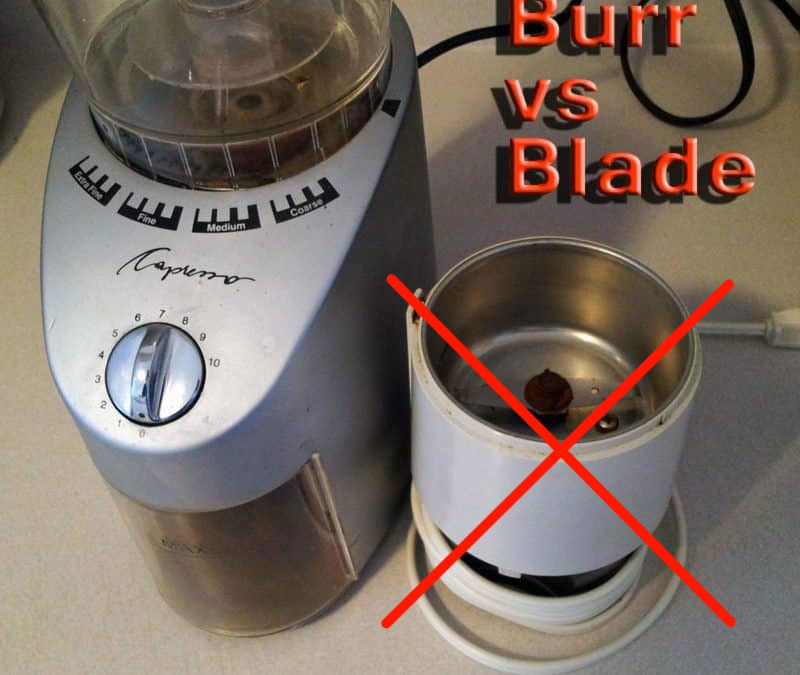
The very fine grounds will be over-extracted, because there is more contact with the water, and the boulders will be under-extracted.
When purchasing a burr grinder, do your research and avoid very cheap grinders as they can be worse than blade mills. Decent burr grinders are a little over $100. All you need from your grinder is a uniform grind and the ability to adjust the grind size.
There is also the option to use pre-ground coffee, and you can definitely use pre-ground, but if you want really good coffee, grind it yourself.
Brewing Temperature
Brewing temperature is a crucial variable for drip coffee brewing. The ideal temperature for drip coffee is between 195 and 205 degrees Fahrenheit. This temperature range is the SCAA golden standard, and your coffee maker should be able to consistently deliver the water at that temperature for the entire duration of the coffee making process.
The reality is that many coffee machines on the market don’t reach this temperature. The cheaper the machine the higher the chance that the temperature will be off. Buy a coffee maker that can deliver the correct temperature.
Reputable coffee maker manufacturers such as Technivorm or Bonavita, spend a considerable amount of time in research and in the materials used. Their machines are designed to consistently deliver water at the correct temperature. They are more expensive than the average, but the quality and materials used ensure a perfect cup of coffee.
Additionally, measuring the coffee and water in grams is a more accurate way to achieve the perfect ratio for your coffee.
Coffee to Water Ratio
When brewing drip coffee, a general rule of thumb is to use 2 tablespoons of ground coffee for every six ounces of water. However, this can vary depending on personal preference. Some people may need less coffee due to sensitive stomachs, while others may prefer a stronger brew and use more.
Start with the 2 tablespoons per six ounces ratio, which is the most popular among coffee lovers. You can then adjust as needed. Note that when you brew a larger amount of coffee, you will need slightly less coffee, as the grinds have more time to in contact with the water.
What Is the Perfect Brew Time for Drip Coffee?
The perfect brew time for drip coffee is around 5 minutes. Both auto-drip, and pour-over need about 5 minutes to extract perfectly.
We mentioned this before, if the coffee machine is dripping too quickly, this can result in an under-extracted cup. You will need to adjust the grind size, or change the filter type, so that the total brew time is about 4 to 5 minutes.
On the other hand, if the water temperature is not hot enough, brewing slightly longer can help to properly extract the flavors from the coffee beans. As a general rule, the lower the water temperature, the longer the steeping time will need to be.
If the brew temperature is within the perfect range, and water is pooling in the coffee bed and it takes too long to pour in the carafe, you need to grind slightly coarser.
The Importance of the Coffee Maker
When it comes to brewing drip coffee, the coffee maker is the most important piece of equipment. Whether you are using a manual dripper or an automatic machine, it’s crucial to choose the right one. Automatic drip coffee makers are popular because they control the measuring and timing tasks for you, but it’s important to be cautious when purchasing one. Many coffee machines are built with cost-saving measures in mind, which means that brewing parameters are not a primary concern.
SCAA Certified Coffee Makers
For those looking for a coffee maker that is guaranteed to brew a perfect cup of drip coffee, the SCAA Certified Coffee Makers are a great option. These coffee makers have been tested by the Specialty Coffee Association of America (SCAA) and are certified to meet all the brewing parameters for a perfect drip coffee. While they are more expensive than the average machine on the market, they are worth the investment. A Technivorm coffee maker, for example, is known for its reliability and could last for many years.
Budget Drip Coffee Makers
If you are unable to spend the money on a certified coffee maker, there are still options available. Budget drip coffee makers are not certified, but they can still brew a great cup of coffee.
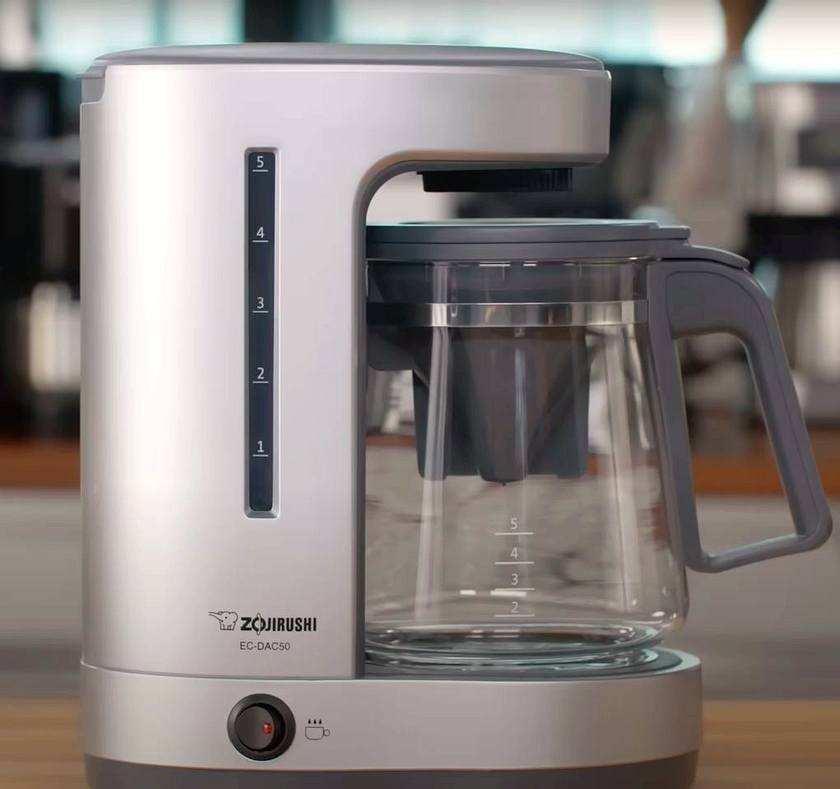
Other Tips for Perfect Drip Coffee at Home
The Filter: The type of filter used in drip brewing greatly affects the body and taste of the coffee. Paper filters are dense and retain more of the soluble solids, resulting in a clear cup. However, they also retain oils, which can flatten the taste. A mesh filter allows for a coarser grind and delivers a more uniform grind, but can be less forgiving in terms of grind consistency and size. Avoid cheap paper filters and opt for quality brands such as Melitta and Filtropa. A gold-plated filter is the best alternative as it will last forever.
Drink coffee immediately. Coffee should be served immediately after brewing to retain the best flavor and aroma. Reheating coffee or leaving the pot on the burner to stay hot will result in a burned taste.
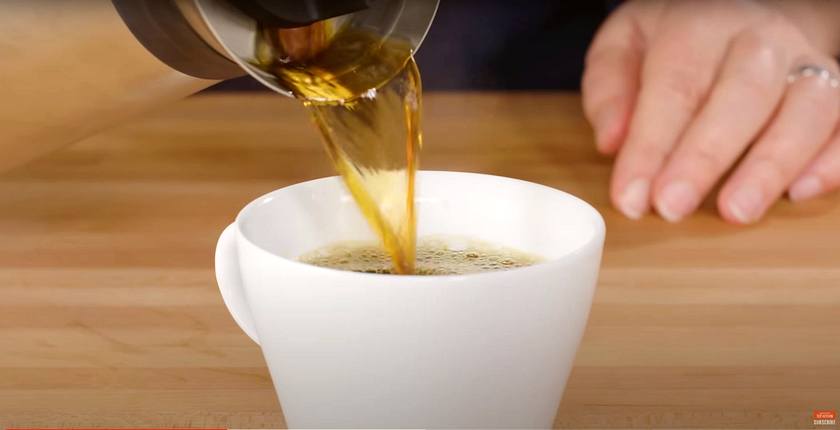
If you only prepare for one or two people at a time, consider investing in a single serve coffee maker.
Ensure that the coffee is uniformly saturated when it starts to drip. If your brewer doesn’t have a shower head, you can stop the dripping for the first 20 seconds to accumulate some water in the basket, and then stir the grinds to fully saturate them.
Rinse the paper filters with hot water before adding coffee grounds. This procedure cleans the filter and preheats the basket.
Use only quality coffee beans. You have two ingredients water and coffee. You need to make sure both are good tasting. 100% Arabica beans are the best option and should be labeled on the package.
Old coffee beans lose their aroma, and produce a rancid, or flavorless cup. Store coffee beans properly, and avoid exposure to light and oxygen, as these will speed up the coffee oxidation.
Grind at home just before brewing. Grinding immediately before brewing will minimize flavor loss and coffee oxidation.
Keep the coffee maker, carafe, water reservoir, and pipes inside the machine clean. Descale the machine periodically to remove calcium deposits. These deposits can affect the functionality of the coffee maker and the taste of your coffee.
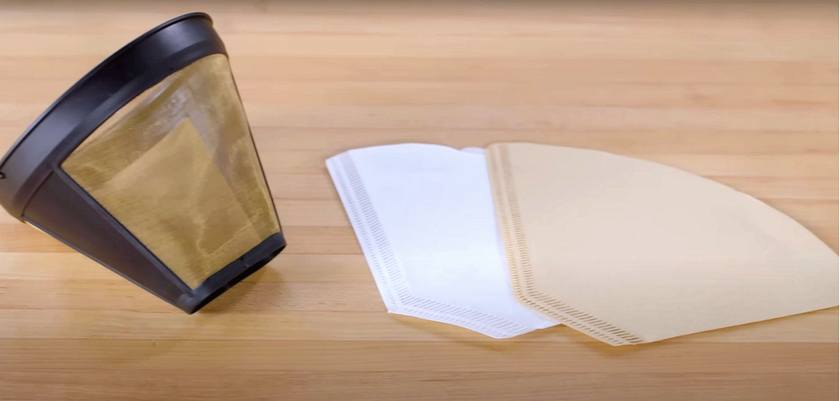
Evaluate between paper filters and mesh filters. Paper filters will produce a clearer cup, brighter, with very clean notes. It is the perfect way to brew African beans with delicate flavors. Mesh filters will allow more oils to pass through, which have a stronger flavor. They also produce a more full bodied cup, so coffees like Brazil and Indonesian will be a great fit for a mesh filter.
